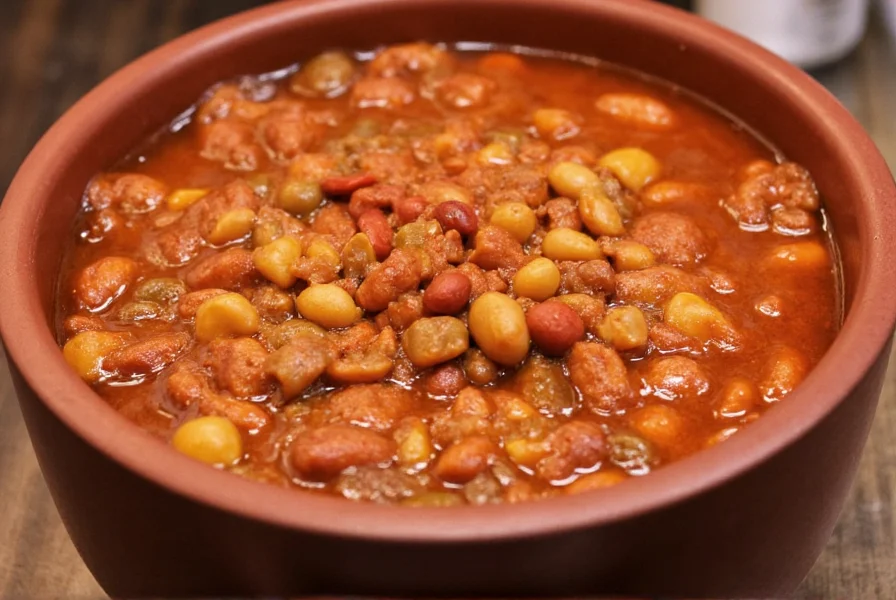When searching for how to spell chili, you've likely encountered multiple versions and wondered which is correct. The answer depends on where you are and what you're referring to. In the United States, 'chili' (pronounced 'chill-ee') is the standard spelling for both the pepper and the stew. However, linguistic variations exist across English-speaking regions that affect proper spelling of chili in recipes and everyday writing.
Understanding Regional Spelling Variations
The confusion around how to spell chili pepper stems from regional language differences. Let's examine the three primary spellings and where each predominates:
| Spelling | Primary Region | Common Usage | Notes |
|---|---|---|---|
| Chili | United States | Peppers, stew, seasoning | Most common American English spelling |
| Chile | Southwestern US, Latin America | Peppers only (not the stew) | Reflects Spanish origin 'chile' |
| Chilli | United Kingdom, Australia, India | Peppers and related products | Double 'l' common in Commonwealth countries |
Etymology and Historical Context
The word originates from the Nahuatl (Aztec) word 'chīlli,' which Spanish colonizers adapted as 'chile.' This explains why chili vs chile spelling differences exist in American English today. As the word entered English, spelling conventions evolved differently across regions.
In the United States, Noah Webster's 1828 dictionary standardized 'chili' as the preferred spelling, though 'chile' persisted in regions with strong Spanish influence like New Mexico and Texas. The double-'l' version 'chilli' follows British English patterns where double consonants often appear in words of foreign origin.
Common Misspellings to Avoid
When writing about this spicy ingredient, certain errors frequently occur. Understanding these helps ensure correct spelling of chili pepper in your communications:
- Chilly - This refers to cold temperatures (as in 'chilly weather'), not the pepper
- Chillie - An unnecessary double vowel that doesn't follow standard English patterns
- Chily - Missing the second 'l' entirely
- Chilie - Incorrect vowel placement
These misspellings often happen because writers confuse the pronunciation with the spelling. Remember that while we say 'chill-ee,' the standard American spelling doesn't include the 'e' at the end.
When Context Determines Spelling
Certain contexts dictate which spelling you should use, regardless of your location:
- Brand names - Follow the company's official spelling (e.g., 'Chili's' restaurant chain)
- Academic writing - Follow your style guide (APA, MLA, Chicago)
- Cooking recipes - Match the publication's regional standard
- Geographical references - 'Chile' is always used for the South American country
For example, when writing spelling of chili in recipes for an American cookbook, 'chili' would be appropriate. However, if discussing the history of peppers in New Mexico, 'chile' might be preferred to acknowledge regional terminology.
Practical Usage Examples
Seeing the word in context helps clarify proper usage:
- 'I added three fresh chili peppers to the salsa.' (American English)
- 'New Mexico is famous for its Hatch chile.' (Regional US usage)
- 'The curry contains seven dried chilli peppers.' (British English)
- 'We're making Texas-style chili tonight with no beans.' (Referring to the stew)
- 'The country of Chile is named after the Mapuche word 'chilli' meaning 'where the land ends'.' (Country name)
Consistency Matters Most
Whichever spelling you choose, maintain consistency throughout your document. Switching between 'chili,' 'chile,' and 'chilli' in the same piece of writing appears unprofessional. Consider your audience:
- For American readers: 'chili' is generally safest
- For international audiences: 'chilli' may be more widely recognized
- When discussing the country: always 'Chile' (capitalized)
Professional editors and writers often establish a style guide preference for how to spell chili in English documents to ensure uniformity. Most American style guides, including the Associated Press (AP) Stylebook, recommend 'chili' for both the pepper and the dish.
Frequently Asked Questions
Is 'chili' or 'chilli' the correct spelling?
Both are correct depending on region. 'Chili' is standard in American English, while 'chilli' is common in British English and Commonwealth countries. Neither is technically wrong, but you should match your spelling to your audience's regional preferences.
Why do people spell chili different ways?
The different spellings reflect regional language evolution. 'Chile' comes directly from Spanish, 'chili' follows American English simplification patterns, and 'chilli' follows British English conventions of doubling consonants. Historical, cultural, and linguistic factors all contribute to these variations in how to spell chili.
How do I spell chili when referring to the stew?
In American English, 'chili' is always used for the meat stew, never 'chile' or 'chilli.' This holds true even in regions like New Mexico where 'chile' refers to the peppers. The stew is consistently 'chili' regardless of whether beans are included.
Is there a difference between chili and chile peppers?
No botanical difference exists—both terms refer to the same Capsicum genus peppers. The spelling variation is purely linguistic. In regions where 'chile' is preferred, it refers specifically to fresh or dried peppers, while 'chili' might refer to powder or the stew. The plants themselves are identical regardless of spelling.
How do I know which spelling to use in my writing?
Consider your audience and context. For American readers, use 'chili.' For British or Commonwealth audiences, 'chilli' may be preferable. When writing about the South American country, always use 'Chile' (capitalized). In academic or professional writing, follow your style guide's recommendation. Most importantly, be consistent throughout your document when addressing how to spell chili.











 浙公网安备
33010002000092号
浙公网安备
33010002000092号 浙B2-20120091-4
浙B2-20120091-4